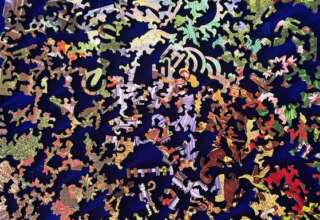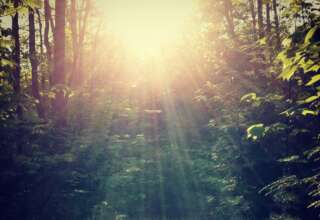
According to Boulding (Boulding, 1973) these Intersect organizations be uniquely beneficial to our contemporary society. However, he also predicted that these “peculiar” organizations would be quite challenging. They would be where dragons dwell and would be subject to what postmodernists (Jameson, 1991) call “troubling ambiguity”. Boulding (1973, p. 179) notes:
[By the 1970s] many societies have witnessed the development of “peculiar” organizations which did not fall into any of the well-recognized categories. They are not quite government, although they are usually the result of some kind of government action. They are not quite business, although they perform many business functions. They are not quite educational or charitable organizations either, though they may also perform some of these functions. They frequently occupy “cracks” or interstices in the organizational structure of society. They have been named “intersects” because they have some qualities of more than one conventional type of organization.Many educational and human service agencies in the United States came to exemplify Boulding’s designation of the Intersect organization. During the 1990s an innovative California community college district began to operate a geothermal greenhouse project in cooperation with one of the counties in its region, funded by a California Energy Commission grant. This college also owned an environmental refuge outside its district, which had been deeded with the provision that certain structural maintenance be observed and that it also be used for instructional projects.
Another California institution—an urban hospital in Northern California—began as an elitist institution that primarily served upper class clients. Its founding doctors remained splendidly isolated from the social changes of the 1960s and 1970s; however, as this institution enters the 1990s, the isolation could no longer hold up. The boundaries had fallen. Government regulations dictated what kind of patients must be served by the hospital. This hospital suddenly became an Intersect organization. It was now both private and public, receiving funds from both individual patients and government subsidies. It also was both a service organization and a business that must break even (if not turn a profit. Many health care systems since the 1990s have similarly become Intersect organizations.
Similarly, many health insurance and health maintenance companies have become Intersect organizations, by Boulding’s definition. They operate on behalf of the public—monitoring medical or dental costs, reviewing the performance of professionals in the field—and, as a result, often obtain not-for-profit tax status. These same companies, however, are run like for-profit businesses, and often attempt to influence federal and state legislation through lobbying efforts that typify for-profit companies. These health-oriented companies also often look more like governmental regulatory agencies than either for-profit or not-for-profit organizations. They may control costs and determine the nature of appropriate licensing for the provision of certain professional services (though withholding of payment for services by unqualified personnel). Dragons are plentiful in contemporary health care and intersect organizations are constructed to engage them.









